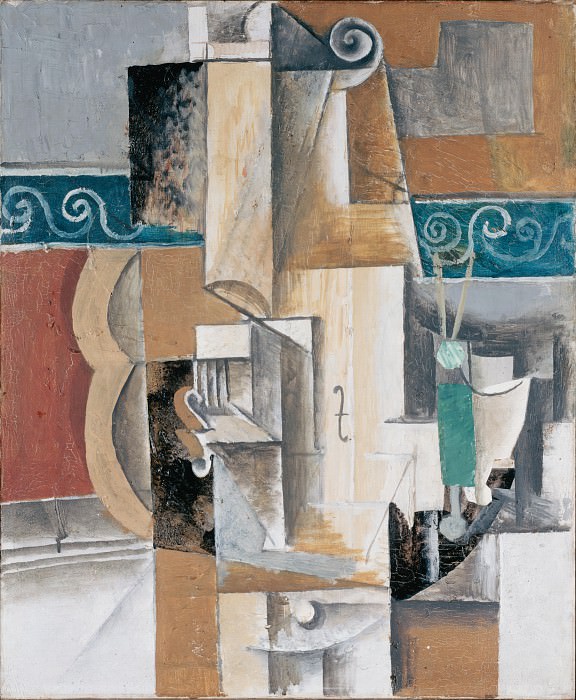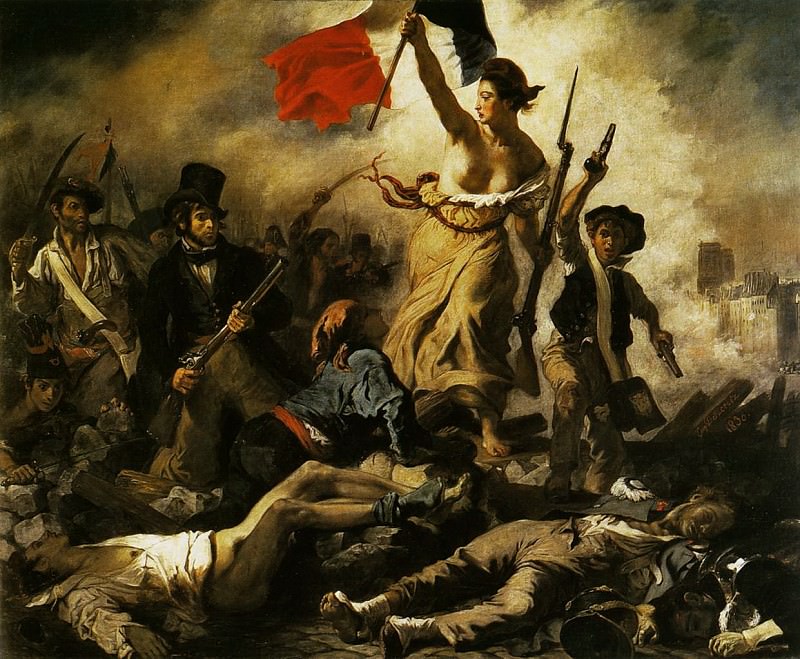Chuck Close Art: A Journey Through the Master’s Vision
Chuck Close, a titan of contemporary art, is renowned for his innovative and striking contributions to the art world. Born on July 5, 1940, in Monroe, Washington, Close has had an indelible impact on the realm of photorealism. His works, characterized by their monumental scale and meticulous detail, offer a profound exploration of the human face and identity. This content delves deeply into Chuck Close's art, exploring his techniques, influences, and the broader significance of his oeuvre.
The Evolution of Chuck Close's Artistic Style
Chuck Close’s artistic journey is marked by an unwavering dedication to the craft of portraiture. His early works, influenced by the photorealism movement of the 1960s, are characterized by their meticulous attention to detail and a photographic approach to painting. Close’s method involves creating large-scale portraits that often magnify and distort the human face, presenting it in a new, compelling light. The process begins with Close taking a photograph of his subject, which he then translates into a grid. This grid system allows him to break down the image into manageable sections, each of which is painted with exacting precision. The result is a portrait that retains the detail and clarity of a photograph but rendered in the expressive medium of paint.
Close’s work, however, did not remain static. Over the years, he evolved his style, experimenting with different techniques and mediums. In the 1970s, Close’s work began to incorporate more abstract elements. He started using a grid of small, colorful squares or dots to create a mosaic-like effect. This shift was a departure from his earlier, more traditional photorealistic approach. The grid system allowed Close to explore the interplay between abstraction and realism, challenging viewers to reconsider their perceptions of image and reality.
The Grid Technique: A Signature Approach
The grid technique is perhaps one of the most distinctive elements of Chuck Close’s art. This method, which involves breaking down an image into a grid of squares, allows Close to focus on the minutiae of his subjects. Each square is painted individually, with Close paying meticulous attention to color, texture, and light. When viewed up close, the painting appears as a collection of abstract shapes and colors. However, as the viewer steps back, the grid coalesces into a coherent, detailed portrait. This technique not only highlights Close’s technical skill but also emphasizes the relationship between the whole and its parts.
The grid approach also serves as a metaphor for the complexities of identity. By deconstructing the face into its component parts, Close invites viewers to consider the nature of individual identity and how it is perceived. The process of assembling these individual pieces into a unified whole reflects the way in which various aspects of a person’s life and experiences come together to form a complete identity.
The Impact of Chuck Close’s Portraits
Chuck Close’s portraits are more than mere representations of their subjects; they are a profound exploration of human identity. His focus on the face, with all its imperfections and unique characteristics, highlights the individuality of each subject. Close’s portraits often reveal the intricacies of human expression and emotion, capturing moments of vulnerability and strength.
Close’s work also challenges conventional notions of beauty and representation. By magnifying and distorting the human face, he questions the standards of aesthetic appeal and invites viewers to appreciate the beauty in the ordinary and the imperfect. This approach resonates with viewers on a deeply personal level, as it reflects the diverse and multifaceted nature of human experience.
Influence of Chuck Close’s Life and Experiences
Chuck Close’s personal experiences have significantly influenced his art. In 1988, Close suffered a spinal artery collapse that left him paralyzed from the neck down. This profound change in his physical abilities had a considerable impact on his creative process. Despite these challenges, Close continued to work, adapting his techniques to accommodate his new physical limitations. His resilience and determination in the face of adversity have been a source of inspiration to many, and his later works demonstrate a continued evolution in his artistic practice.
The experience of paralysis led Close to explore new methods of creating art. He began using a custom-built wheelchair and adapted his painting techniques to suit his changed physical capabilities. His later works include a series of portraits that utilize a more abstract and gestural approach, reflecting his ongoing engagement with the themes of identity and perception.
Chuck Close’s Legacy and Influence
Chuck Close’s influence extends beyond his own artworks. As a mentor and teacher, Close has had a profound impact on the next generation of artists. His approach to portraiture and his exploration of new techniques have inspired countless artists to experiment with their own methods and to explore the boundaries of representation and abstraction.
Close’s commitment to art and his innovative techniques have also earned him numerous accolades and honors. His work is featured in major museums and galleries around the world, and his contributions to the art world are widely recognized and celebrated. Through his portraits, Close has not only redefined the genre but also left an enduring legacy that continues to influence contemporary art.
The Personal and Artistic Challenges
Chuck Close’s life has been marked by significant challenges, both personal and artistic. His struggle with physical disability has been a prominent aspect of his life, influencing both his personal experiences and his artistic practice. Close has openly addressed these challenges, and his work reflects his resilience and adaptability. His ability to continue creating art despite physical limitations demonstrates his unwavering dedication to his craft and his passion for exploring the depths of human identity.
In addition to his physical challenges, Close has faced criticism and controversy throughout his career. Some critics have questioned the validity of his photorealistic approach and the authenticity of his artistic vision. Despite these critiques, Close has remained steadfast in his commitment to his unique style and his exploration of portraiture. His work continues to provoke thought and discussion, reflecting the complexity and diversity of the human experience.
Chuck Close’s Artistic Philosophy
At the core of Chuck Close’s artistic philosophy is a deep curiosity about the nature of perception and representation. His work is driven by a desire to explore how we perceive and interpret images, particularly those of the human face. Close’s use of the grid technique, his focus on the minutiae of his subjects, and his willingness to experiment with abstraction all reflect his commitment to challenging conventional notions of art and representation.
Close’s art is also a reflection of his belief in the power of art to convey profound truths about the human condition. His portraits are not just depictions of individuals but are also explorations of the broader themes of identity, perception, and the nature of beauty. Through his work, Close invites viewers to engage with these themes on a personal level, encouraging them to reflect on their own experiences and perspectives.
Conclusion: Chuck Close’s Enduring Impact
Chuck Close’s contributions to the art world are both vast and enduring. His innovative techniques, profound exploration of human identity, and resilience in the face of adversity have left an indelible mark on contemporary art. Close’s work continues to inspire and challenge viewers, inviting them to reconsider their perceptions of art and identity.
As we reflect on Chuck Close’s art and legacy, it becomes clear that his impact extends far beyond the confines of the art world. His dedication to his craft, his willingness to push boundaries, and his exploration of the complexities of human experience have made him a true pioneer in the field of portraiture. Chuck Close’s art is a testament to the power of creativity and the enduring quest to understand the nature of the self.

















